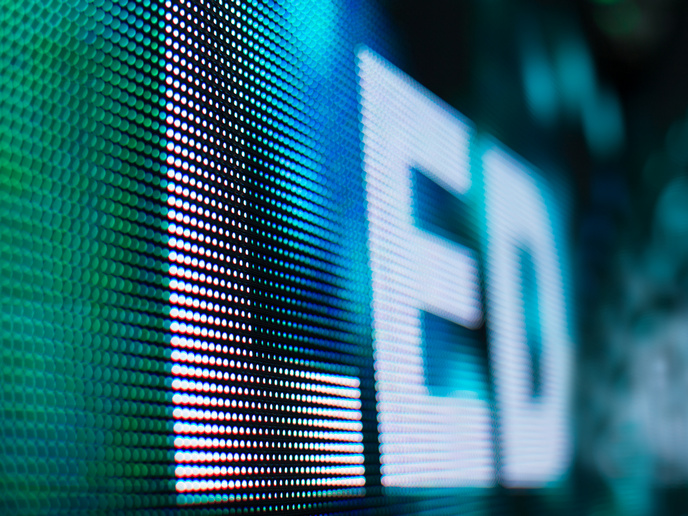Glass micro-component manufacture for the masses
Recent advances in femtosecond lasers have enabled their use in patterning glass using compact devices at a fraction of the cost of conventional clean-room equipment. EU-funded scientists working on the project 'Femtosecond laser printer for glass microsystems with nanoscale features' (FEMTOPRINT) pushed the state of the art with a low-cost, compact laser printer system. The Femtoprinter fits in a shoebox and can pattern glass substrates with features on the scale of atoms and molecules (the nano scale). The system provides the ability to produce glass-based microsystems sporting optical, mechanical and fluid-handling capability without expensive infrastructure and expertise. The prototype enabled the first demonstration of algae biochips, the first transparent actuators and a 'five-dimensional' optical memory. Nicknamed Superman by the press, the latter is capable of storing information in excess of a thousand years. Needless to say, FEMTOPRINT has received global attention. Newspapers such as The Telegraph and The Huffington Post have featured the technology and scientists have published the results in numerous technical papers in renowned peer-reviewed journals. FEMTOPRINT received the Best Project Finalist Award at the EuroNanoForum in Ireland, and the technology development has resulted in creation of the spin-off company FEMTOprint, which has commercialised the printer. Although the printer was the ultimate technological goal, technology development has led to other commercial products as well. The innovative laser source is now available in the product line of one of the project's partners. A patented optical component has been licensed to a European company that now features it in its product catalogue. FEMTOPRINT technologies are already having major impact on the glass-based optical and micro-optics sectors. Uptake of the economical and powerful Femtoprinter by universities, research institutes and industry will speed up groundbreaking research in glass-based microsystems with important benefits for the EU economy.
Keywords
Laser printer, femtosecond, table-top device, glass substrate, microsystem, optical memory, biochip







